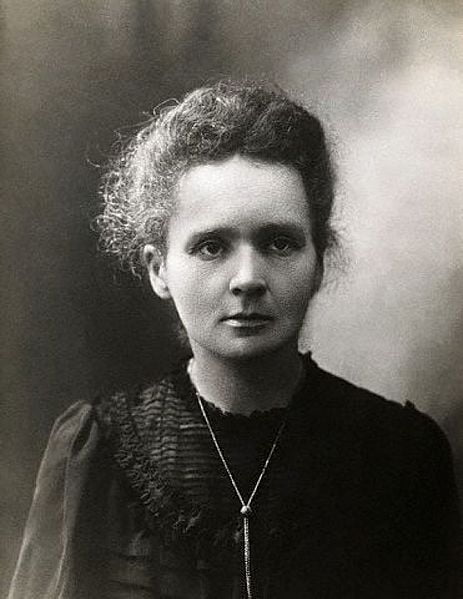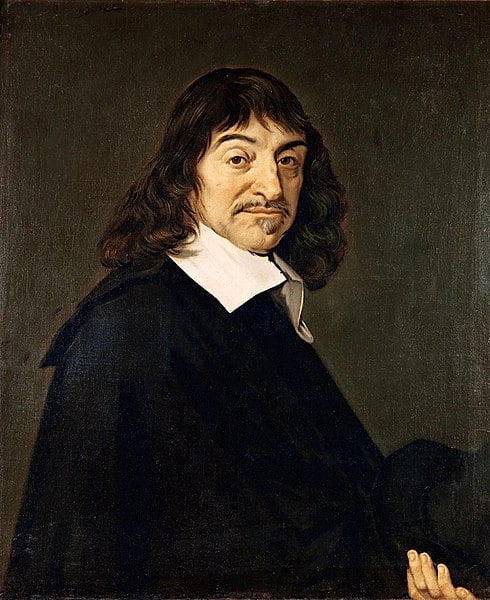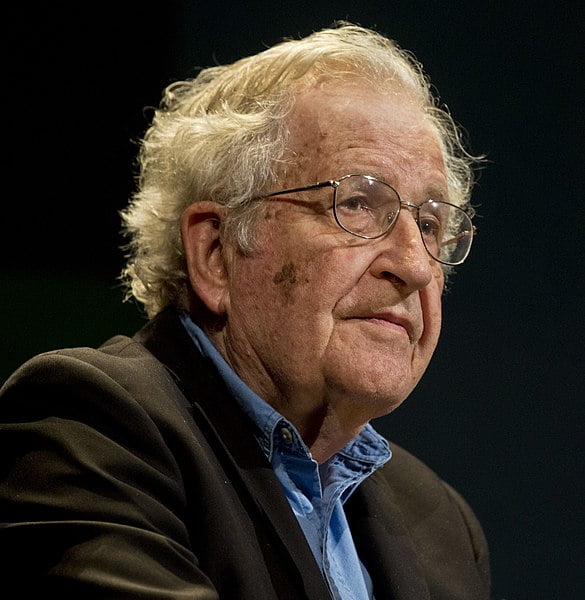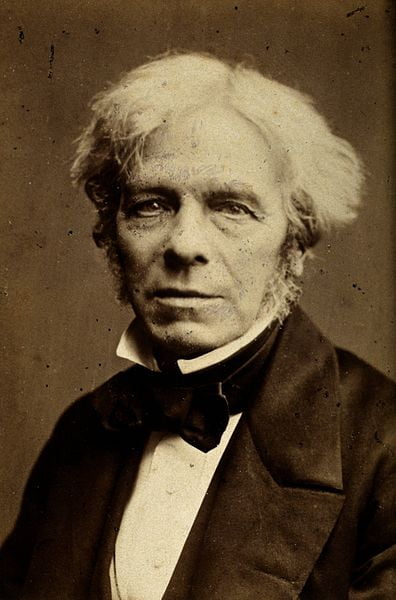| Name | Marie Curie |
| Full Name | Maria Salomea Skłodowska-Curie |
| Born | 7 November 1867, Warsaw, Congress Poland, Russian Empire |
| Died | 4 July 1934 (aged 66), Passy, Haute-Savoie, France |
| Cause of Death | Aplastic anemia |
| Citizenship | Poland (by birth), France (by marriage) |
| Alma Mater | University of Paris, ESPCI |
| Known For | Pioneering research on radioactivity, discovering polonium and radium |
| Spouse | Pierre Curie (m. 1895; died 1906) |
| Children | Irène, Ève |
| Fields | Physics, chemistry |
| Institutions | University of Paris, Institut du Radium, École Normale Supérieure, French Academy of Medicine, International Committee on Intellectual Cooperation |
| Thesis | Recherches sur les substances radioactives (Research on Radioactive Substances) (1903) |
| Doctoral Advisor | Gabriel Lippmann |
| Doctoral Students | André-Louis Debierne, Gioacchino Failla, Ladislas Goldstein, Émile Henriot, Irène Joliot-Curie, Óscar Moreno, Marguerite Perey, Francis Perrin |
| Major Awards | Nobel Prize in Physics (1903), Nobel Prize in Chemistry (1911), Davy Medal (1903), Matteucci Medal (1904), Actonian Prize (1907), Elliott Cresson Medal (1909), Albert Medal (1910), Willard Gibbs Award (1921), John Scott Medal (1921), Cameron Prize for Therapeutics of the University of Edinburgh (1931) |
| Notable Achievements | First woman to win a Nobel Prize, first person to win a Nobel Prize twice, only person to win a Nobel Prize in two scientific fields |
| Scientific Contributions | Developed theory of radioactivity, coined the term “radioactivity”, techniques for isolating radioactive isotopes, discovered polonium and radium, research on treatment of neoplasms using radioactive isotopes |
| Institutes Founded | Curie Institute in Paris (1920), Curie Institute in Warsaw (1932) |
| World War I Contribution | Developed mobile radiography units for X-ray services in field hospitals |
| Legacy | Entombed in Paris Panthéon on her own merits, subject of numerous biographical works, Poland declared 2011 the Year of Marie Curie during the International Year of Chemistry |
| Nationality | Maintained strong Polish identity despite French citizenship, taught daughters Polish and named polonium after Poland |






